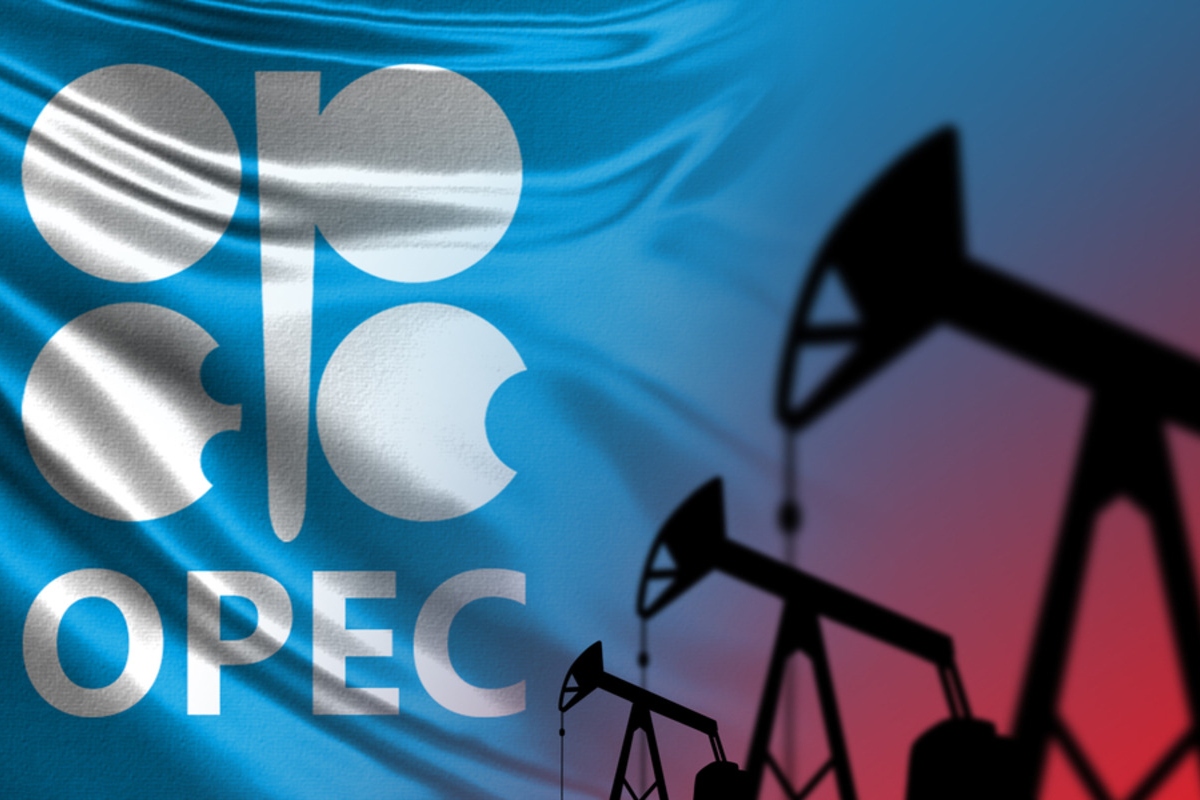OPEC+ has decided to maintain its policy of gradually increasing oil output starting in April. Additionally, the group has excluded the U.S. government’s Energy Information Administration (EIA) from the sources used to monitor its production and adherence to supply agreements.
OPEC+ has had a tumultuous relationship with Donald Trump during his first term from 2016 to 2020. The U.S. President frequently urged the organization to raise production levels to offset the decline in Iranian supply caused by U.S. sanctions, as reported by Reuters. Since returning to the White House, Trump has once again called on OPEC to release more oil to reduce prices, arguing that high prices have allowed Russia to sustain its war efforts in Ukraine.
No changes to output hike plan
During an online meeting on Monday, a group of senior OPEC+ ministers confirmed that there would be no changes to the planned output increase. They also adjusted the list of consultants and firms, known as secondary sources, used to monitor production. According to an OPEC+ source, the decision to remove EIA data was made because the agency was not providing the necessary communication regarding the required information and was not politically motivated.
Impact of sanctions on oil prices
Concerns surrounding the implications of U.S. sanctions on Russia resulted in oil prices reaching $83 a barrel on January 15, the highest level since August. However, prices have since fallen below $77, although they experienced an uptick on Monday due to concerns about supply disruptions from the tariffs. On Tuesday, prices dropped $75.47 following Trump’s postponement of tariffs on Canada and Mexico.
Current OPEC+ production cuts
The Organization of the Petroleum Exporting Countries and its allies, led by Russia, are currently cutting output by 5.85 million barrels per day (bpd), which equates to approximately 5.7 percent of global supply. This decision has been part of a series of measures implemented since 2022. In December, OPEC+ extended its latest round of cuts through the first quarter of 2025, delaying the initial plan to start raising output until April due to weak demand and increasing supply from outside the group.
Future plans for production increases
According to the existing plan, the gradual unwinding of 2.2 million bpd of cuts—representing the most recent layer—will begin in April, featuring a monthly increase of 138,000 bpd for the United Arab Emirates, based on Reuters calculations. These increases are expected to continue until September 2026.








